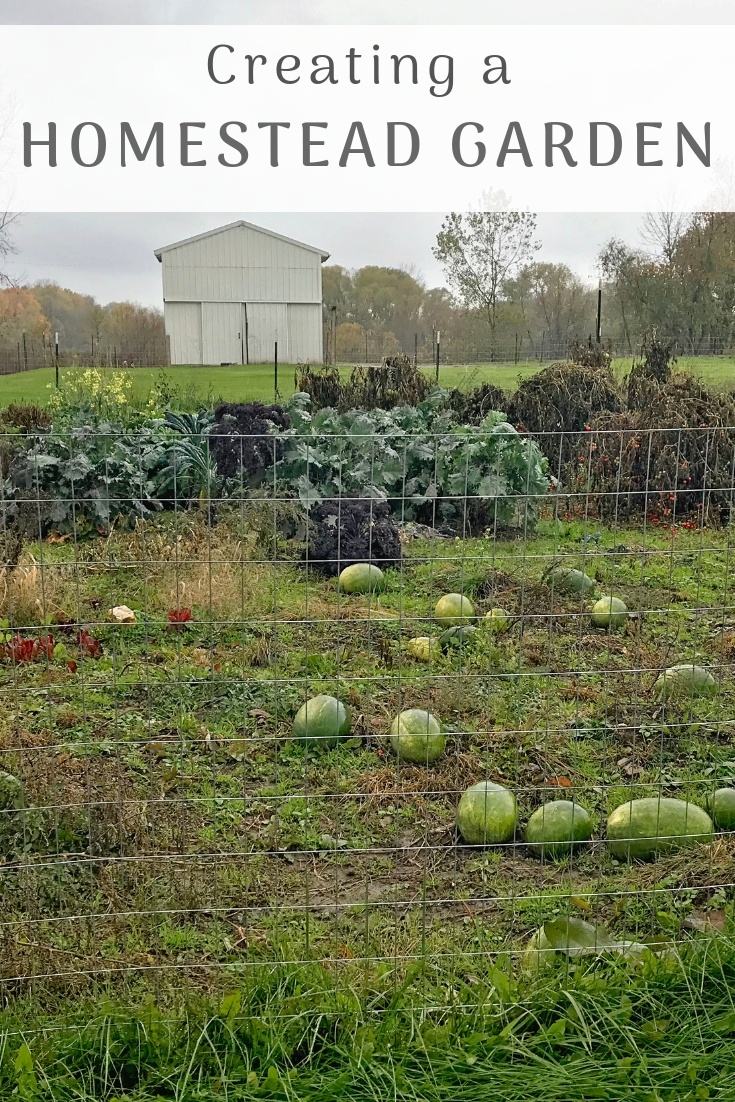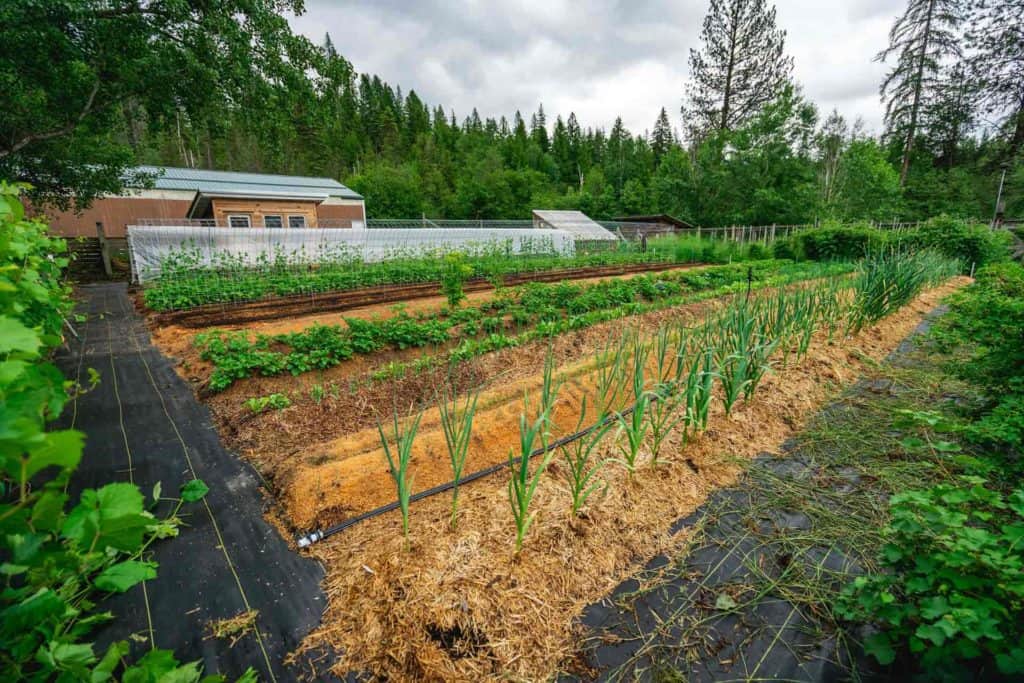Discover the Tricks to Creating a Effective and gorgeous Horticulture Space
Creating a efficient and lovely gardening area is not merely a matter of planting vegetables and blossoms; it requires a calculated technique that incorporates numerous important aspects. From choosing the right area based on sunshine and dirt type to attentively developing your format and selecting ideal plants, each choice plays a crucial duty in the success of your garden.
Selecting the Right Place
Choosing the perfect location for your garden is important to its success and overall visual charm. The primary step in this procedure entails examining sunlight exposure, as the majority of plants need at least 6 hours of direct sunshine daily (Homestead Gardening). A south-facing yard generally receives one of the most light, while shaded areas can hamper development and flowering
Additionally, consider dirt high quality and water drainage. Well-draining dirt is vital to prevent water logged roots, which can bring about plant diseases. Performing a soil examination can offer valuable information regarding pH degrees and nutrient web content, enabling you to modify the dirt accordingly.
Additionally, proximity to water sources is one more factor to weigh - Homestead Gardening. Having easy accessibility to a pipe or watering system can streamline the watering procedure and encourage constant plant treatment. Wind protection is likewise vital; positioning your garden near frameworks, such as walls or fencings, can shield it from extreme winds that might damage delicate plants
Finally, take into consideration availability for upkeep and harvesting. A well-placed yard enables hassle-free accessibility, ensuring that you can easily tend to your plants without triggering excessive anxiety or disturbance. Thoughtful place selection lays the structure for a growing yard.
Choosing Plants Carefully
When picking plants for your yard, it's necessary to consider variables such as environment, soil conditions, and personal choices to make certain a unified and efficient room. A comprehensive understanding of your neighborhood climate will certainly direct you in choosing plants that grow in your particular environment. As an example, picking drought-resistant varieties is advantageous in dry regions, while moisture-loving varieties may be better for locations with high rains.
Dirt problems are equally important; conducting a soil test can reveal pH levels and vitamins and mineral material, allowing you to select plants that will certainly grow. Native plants are often an exceptional choice, as they are typically well-adapted to neighborhood soil types and require much less upkeep.
Show on your individual choices-- choosing plants that resonate with your visual preferences will certainly enhance your enjoyment and dedication to maintaining your garden. By very carefully assessing these aspects, you can produce a varied and growing plant option that elevates your gardening experience.
Designing Your Yard Layout
With an attentively picked plant option in hand, the next action is to create a garden format that makes best use of both elegance and performance. Begin by evaluating the available space, thinking about factors such as shade, sunshine, and wind patterns. A well-planned design ought to integrate numerous areas, including locations for planting, paths, and possibly seating.
Begin with bigger plants or prime focus, such as trees or high perennials, placed strategically to produce visual interest. Layer smaller sized plants in front to improve depth and texture. Think about the development behaviors of your picked plants; taller ranges ought to be placed at the back or facility of beds, while much shorter ones can line the edges.
Integrating paths not just assists in gain access to for upkeep but likewise invites expedition. Use products that you could try this out enhance the garden's total visual, whether timber, stone, or crushed rock chips.
Additionally, believe about seasonal modifications and just how your format will certainly look throughout the year. Including evergreens alongside seasonal blossoms can make sure year-round elegance. Inevitably, a well-designed garden design harmonizes the all-natural appeal of plants with functional considerations, leading to a space that is both welcoming and effective.
Enhancing Soil Health

To improve dirt wellness, begin by conducting a soil test to analyze pH levels, nutrition content, and dirt appearance. Integrate natural matter such as garden compost, well-rotted manure, or leaf mold to boost dirt structure, water retention, and microbial task.
Mulching is one more effective method; it not only conserves moisture yet additionally suppresses weeds and slowly enhances the soil as it breaks down. Staying clear of extreme husbandry is vital, as it can interfere with dirt framework and harm valuable organisms. Rather, take on no-till or minimal tillage practices to preserve dirt honesty.

Preserving Your Yard Successfully
A well-kept yard is a resource of satisfaction and useful site efficiency, calling for consistent attention to make certain that plants grow and the landscape stays welcoming. Effective garden upkeep involves several essential practices that improve the health and wellness of your plants and the total aesthetic of your room.
Regular watering is important; however, it is very important to customize your watering schedule based upon the specific requirements of your plants and local climate conditions. Mulching can assist preserve wetness, suppress weeds, and manage dirt temperature level. Furthermore, prompt weeding protects against competition for nutrients and sources, making sure that your plants grow.
Trimming is an additional crucial task. It urges healthy and balanced development, removes dead or unhealthy branches, and shapes plants to keep an enticing framework. Additionally, checking for insects and diseases is crucial; early detection and intervention can conserve your plants from substantial damages.
Fertilizing needs to be executed thoughtfully, making use of organic choices whenever possible to promote lasting soil wellness. Seasonal tasks such as growing, splitting perennials, and preparing for winter season will certainly guarantee your yard continues to be dynamic year-round. By following these techniques diligently, you can cultivate a yard that is both beautiful and efficient.
Final Thought
Selecting a suitable area with ample sunlight, picking suitable plants, creating a cosmetically pleasing layout, improving soil health, and guaranteeing routine upkeep are crucial parts. By incorporating these techniques, one can grow a flourishing garden that not only boosts the landscape however also advertises environmental balance and sustainability.
From selecting the right place based on sunlight and dirt type to attentively creating your layout and picking suitable plants, each choice plays a critical duty in the success of your yard. Well-draining dirt is necessary to protect against water logged roots, which can lead to plant diseases.When choosing plants for your garden, it's vital to think about variables such as climate, soil conditions, and individual preferences to guarantee a unified and efficient room. Inevitably, a well-designed yard format balances the natural beauty of plants with functional considerations, resulting in an area that is both inviting and efficient.
